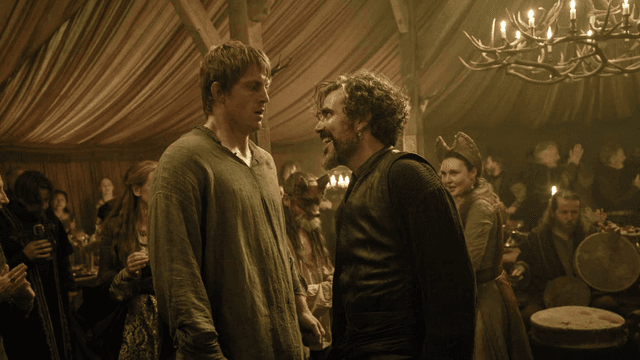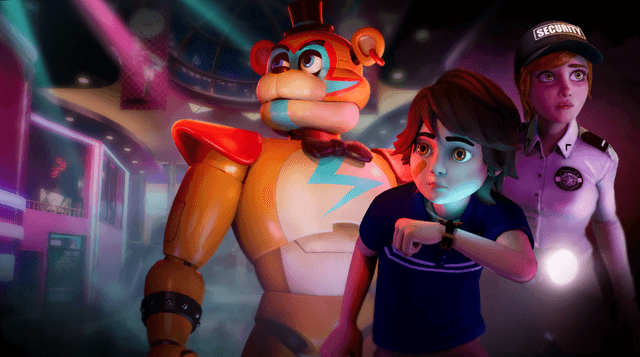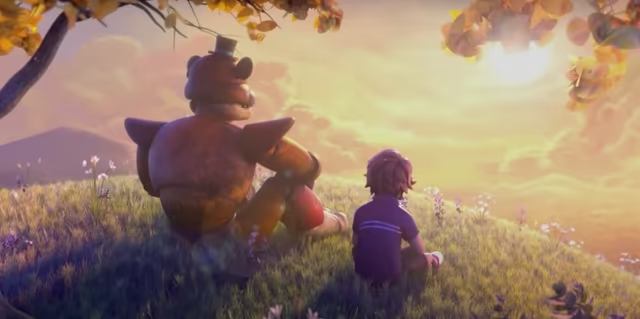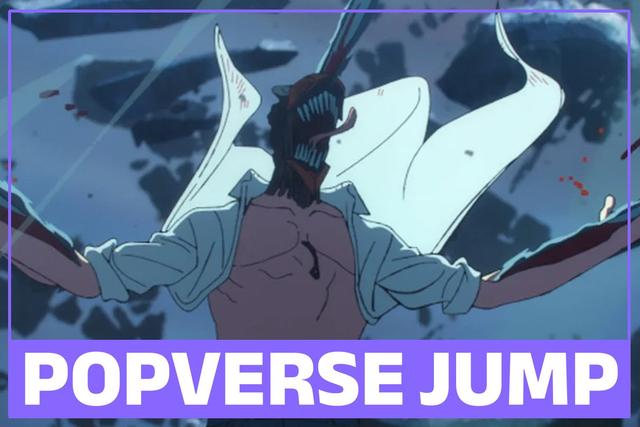If you click on a link and make a purchase we may receive a small commission. Read our editorial policy.
6 Best Post-Apocalyptic Movies: Apes, atomic horror, and more await humanity (and you) on our top movie list
It's not just the damn dirty apes that cause trouble after the worst case scenario has happened, as it turns out

Popverse's top stories
- Frank Miller redefined Batman and Daredevil - and now he wants to do the same to you
- Chainsaw Man season 2 is where the show finally gets really weird [Popverse Jump]
- Bridgerton Seasons 1–3 recap: Everything to know before Season 4’s release
It’s the end of the world as we know it… but, to paraphrase the song, it looks pretty damn good, actually. Apocalyptic scenarios and their aftermaths have been a favorite subject of the movies for decades, giving voice to a collective unconscious concern about the direction the world has been headed in at any given moment across the last century or so. But with so many versions of dysfunctional dystopia to choose from in the history of cinema, which ones should audiences be focusing on with the limited time we probably all have left?
Don’t get it wrong; I’m not proposing that the six movies below have a ring of truth or an insight that all others do not — thankfully, I’m as unaware of the reasons behind our inevitable impending apocalypse as the next person. Instead, I’m simply choosing my six favorite post-apocalypse movies, safe in the knowledge that each of these has some important wisdom to impart to the viewer. Even if that wisdom is as basic as “don’t trust those damn dirty apes.”
I’d like to think you understand.
The Last Man on Earth (1964)

Inspired by Richard Matheson’s I Am Legend — the book that would also be the basis for 1971’s The Omega Man, and 2007’s I Am Legend, while also inspiring George A. Romero’s Night of the Living Dead — the heart of this version of the last living human (or so he thinks…) is Vincent Price, whose performance is at once high camp and utterly believable, and one of the most magnetic things you could watch.
A flop when it was initially released, it’s since undergone a well-deserved re-appraisal and is generally considered a cornerstone of post-apocalypse cinema. If only we could all bear such tragedy with the style, wit, and arched eyebrows as Price…
Planet of the Apes (1968)

If ever there was an audience to be jealous of, surely it’s those first crowds to see Planet of the Apes back when it hit theaters, entirely unaware of the final twist that lands it on this list. Just imagine what it would have felt like to actually get to the reveal that the eponymous Monkey Planet — as the original source material novel was titled — was actually a future Earth, all along, and for it to be a surprise!
Thankfully, there’s so much to enjoy about this simian-led dystopian flick even with that final twist out in the open, not least of which being the chance to fully appreciate the satirical touches that let society as it was at the time be mocked in its monkey-filled recreation. Charlton Heston’s willingness to commit to the bit even while only dressed in a fur loincloth and abundance of sweat just adds to the surreal appeal of the whole thing.
Threads (1984)

From the ridiculous to the sublime; there’s an entire generation that will permanently be emotionally scarred from being exposed to Threads at a young age. This made-for-TV classic is an all-too-realistic look at what would happen in the aftermath of a nuclear attack, sidestepping the more sensational aspects of the subject in favor of a more intimate, and ultimately more upsetting, look at a world forever ruined not just by the bomb blast, but the poisonous radioactivity that remains for generations afterwards.
Created at the height of nuclear paranoia, it remains as potent, and as unsettling, decades later. Other movies on this list might be slicker, more dramatic, or more famous, but it doesn’t matter: Threads is the real deal.
Related: How to watch A Quiet Place in chronological and release order
Delicatessen (1991)

Admittedly, a post-apocalyptic world where starvation is so common that food itself has become important currency doesn’t immediately feel like the setting of a comedy, but this surreal early ‘90s cult classic — released in the U.S. as being “presented by Terry Gilliam,” in an attempt to prepare audiences for the idea of black comedy in a surrealist vein, just like Monty Python and Gilliam’s own movies — somehow manages to make it work, centering around a butcher’s shop that has an ingenious way to keep its customers in meat: simply kill the staff and use them as food whenever necessary. It’s wild, unruly, and inspired, and not a movie for all tastes (that’s not a cannibal joke, by the way), but it is a sign of how important a sense of humor truly is when everything else in the world has gone wrong.
Children of Men (2006)

A grim look into the near future where climate change, war, and human infertility has driven humanity to the brink — and, arguably, just beyond — Children of Men isn’t an easy movie to watch, especially today. (Things that seemed oddly prescient when originally released now feel worryingly contemporary, which isn’t a good sign.) It is, however, an utterly compelling movie, with Clive Owen giving a career-best performance as a man who has lost his hope, struggling to find reasons to keep going in a world that feels permanently, unstoppably headed towards the end.
Of course, there’s more to the story than meets the eye, and watching Owen’s Theo struggle to evolve as the world changes around him is perhaps the true center of the movie, and its finest lesson.
Mad Max: Fury Road (2015)

The biggest gift that Fury Road gives to the post-apocalyptic dystopia genre isn’t the cars, as spectacular as they are, or the amplification and doubling-down of the earlier Mad Max movies’ attempts to recast the apocalypse as a great way to build a better action movie. (Again, that’s not to complain about the stunt work, which is stunning throughout.) It’s not even the arrival of Charlize Theron’s immediately-iconic Furiosa, now headed towards her own spin-off with Anya Taylor-Joy in the role. Instead, it’s the boldness of the visual styling of the movie, which is as bright and colorful as most post-apocalypses are dull and grey, with director George Miller recasting the very idea of the end of the world could look as superficially “happy” as this, while being if anything more oppressive and destructive than audiences had become used to, with humanity turning on itself to find favor with the greedy and nihilistic.
Furiosa: A Mad Max Saga is in theaters now - if you got confused (or haven't got there yet), we have a guide to all the big questions with that ending. Get more with articles on Furiosa's new ride, an itinerary on how (and where) to watch all the Mad Max movies in chronological or release order, and the Mad Max movies' entire timeline explained.
Follow Popverse for upcoming event coverage and news
Find out how we conduct our review by reading our review policy
Let Popverse be your tour guide through the wilderness of pop culture
Sign in and let us help you find your new favorite thing.
















Comments
Want to join the discussion? Please activate your account first.
Visit Reedpop ID if you need to resend the confirmation email.